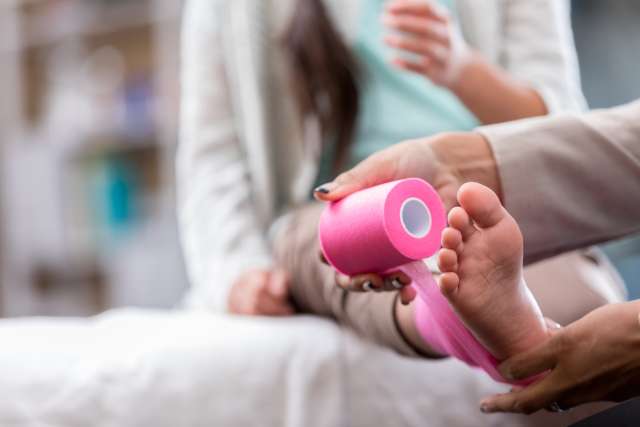Hello, readers, and welcome to a bonus letters column! You are keeping our mailboxes full, so we will get right to your letters.
- We recently wrote about melanoma, a fast-growing skin cancer that can spread quickly throughout the body. This led a reader to ask for help in shopping for sunscreen. “Your melanoma column got me serious about using sunscreen every day,” she wrote. “Can you please talk about the difference between chemical sunscreen and physical sunscreen? Is one better than the other?” Physical sunscreen, also called mineral sunscreen, contains ingredients that reflect and scatter UV rays. Because it creates a physical barrier, physical sunscreen tends to have a heavier texture and offers protection as soon as it’s applied. Chemical sunscreens work by absorbing the energy of the sun’s rays, then converting it into heat. Hybrid versions are also available. Both types provide sun protection, so what you use is personal preference. Whichever you choose, pick a sunscreen with an SPF of 30 or higher.
- We often suggest that when someone is experiencing new or unusual symptoms, they check in with their health care providers for guidance. This led to a question from a reader who needs to change doctors. “We are moving and have to find a new family doctor,” she wrote. “What kinds of questions should I ask as I look for a new one?” Start with the basics -- their credentials, years in practice, if they accept your insurance and if they are taking new patients. You’ll also want to know how long appointments last, how far ahead you need to book and how they communicate with patients. Also ask about urgent care, who covers the practice while they are gone and whether they are associated with a hospital. Calling the office will give you an insight into support staff. Online reviews can also be helpful.
- A column about the surprising physical and cognitive benefits of walking backward continues to generate a lot of interest. Studies have linked the act of walking backward to increased activity in the prefrontal cortex, the area of the brain associated with logic, decision-making and problem-solving. A reader from Florida had questions about the duration and location of the practice. “How long do you have to walk backward for it to be helpful, and also how often?” she asked. “Do you think it’s OK to do it on a treadmill?” The research we cited suggests that people can reap measurable benefits from 10-to-15-minute sessions several times a week. Due to the physical challenges of walking backward, the relentless pace of a treadmill and the dangers associated with a fall, it’s not advised to walk backward on a treadmill.
Thank you to everyone who took the time to write to us -- we love hearing from you! We will be back in a few weeks with more of your thoughts and comments in our regular monthly letters column.
(Send your questions to [email protected], or write: Ask the Doctors, c/o UCLA Health Sciences Media Relations, 10960 Wilshire Blvd., Suite 1955, Los Angeles, CA, 90024. Owing to the volume of mail, personal replies cannot be provided.)





